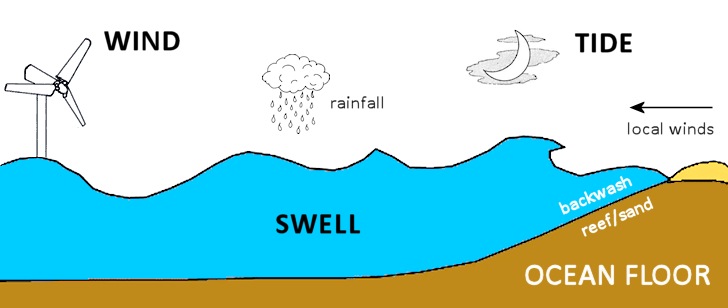Blessie Gotingco's body was lifted from a car in a cemetery, dragged across grass and dumped in bush, a forensic scientist has told a court.
A 27-year-old man, who has name suppression, is representing himself in his trial for the rape and murder of Philippines-born Ms Gotingco at the High Court in Auckland.
The Crown alleges the accused deliberately ran down the 56-year-old with his car on May 24, 2014, before raping and murdering her at his North Shore apartment and dumping her body at a cemetery.
This afternoon the court heard from a series of police witnesses and a forensic scientist about the scene where Ms Gotingco's body was discovered in Eskdale Cemetery.
Police found blood and obvious signs of damage on a car belonging to Ms Gotingco's murder-accused.
Detective Shane Page examined the accused's car in the days following the murder.
Its front bumper had a clean split with no dirt inside, which indicated it was recent, he said.
The right side of the bumper was held on by a piece of string that "looked like a shoelace", and the passenger side wing mirror was held on with duct tape.
Inside the back seat on the passenger side, about a metre of a seat belt had been cut and was missing, and he could see scratches on the seat.


